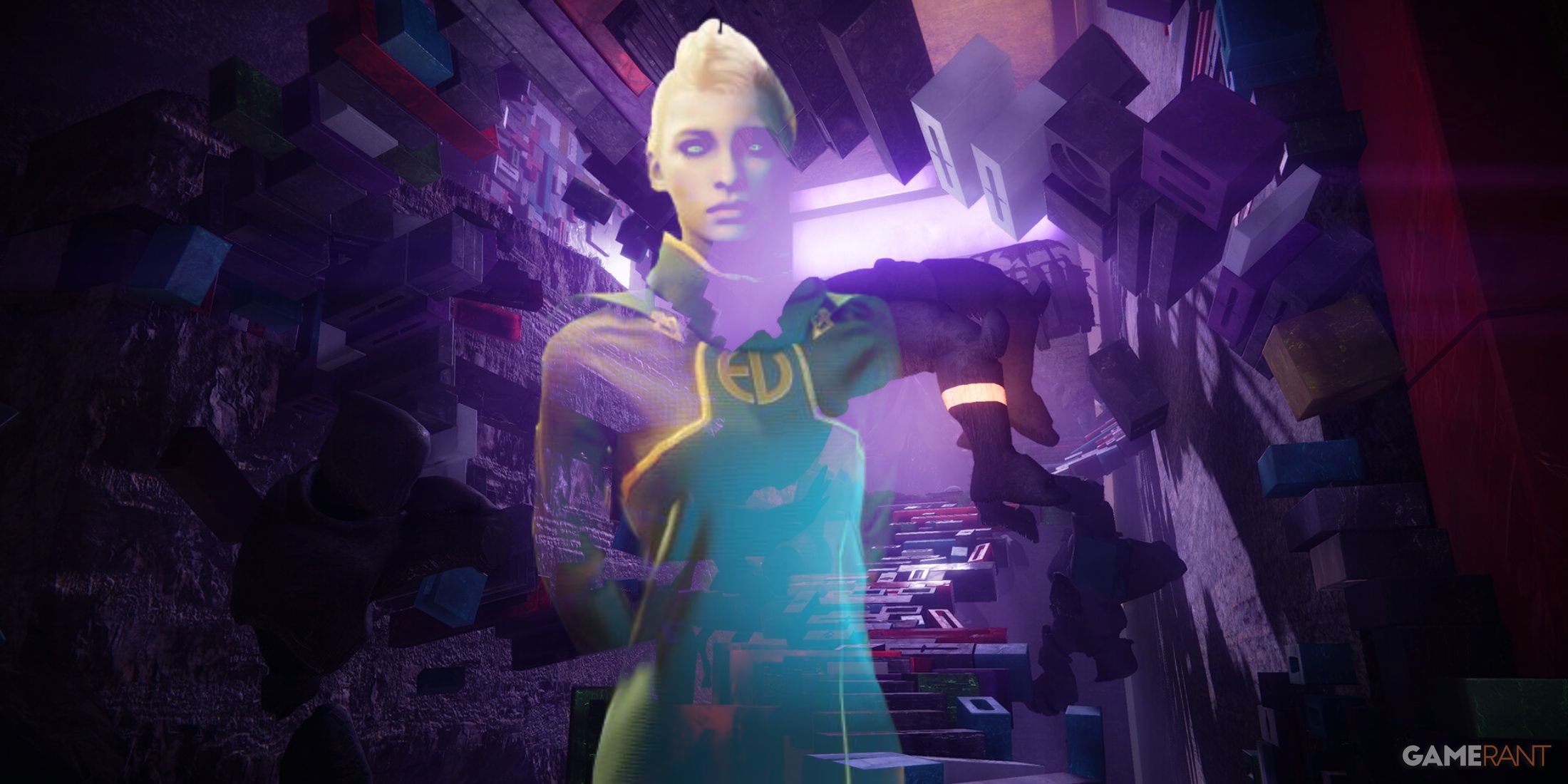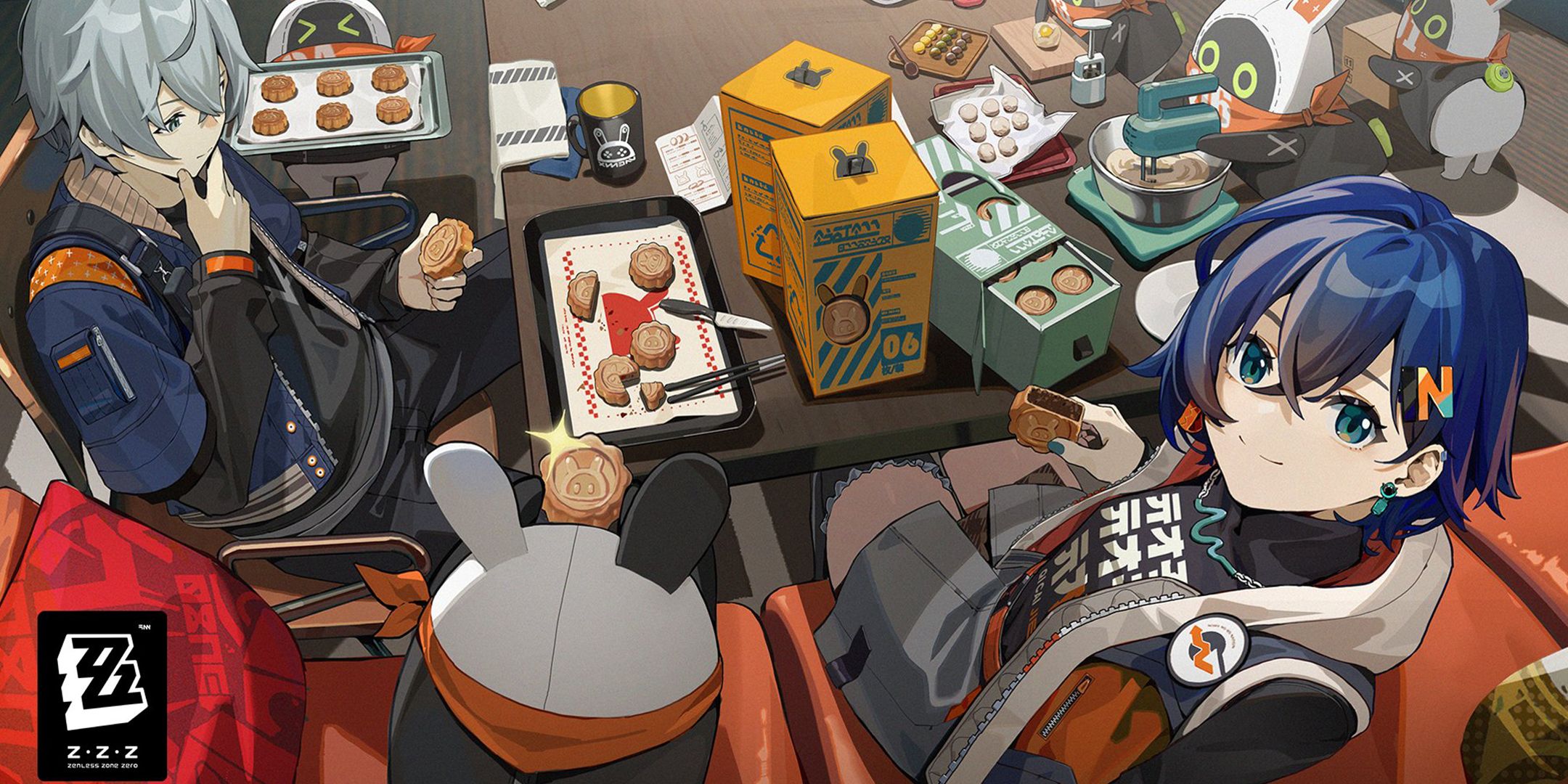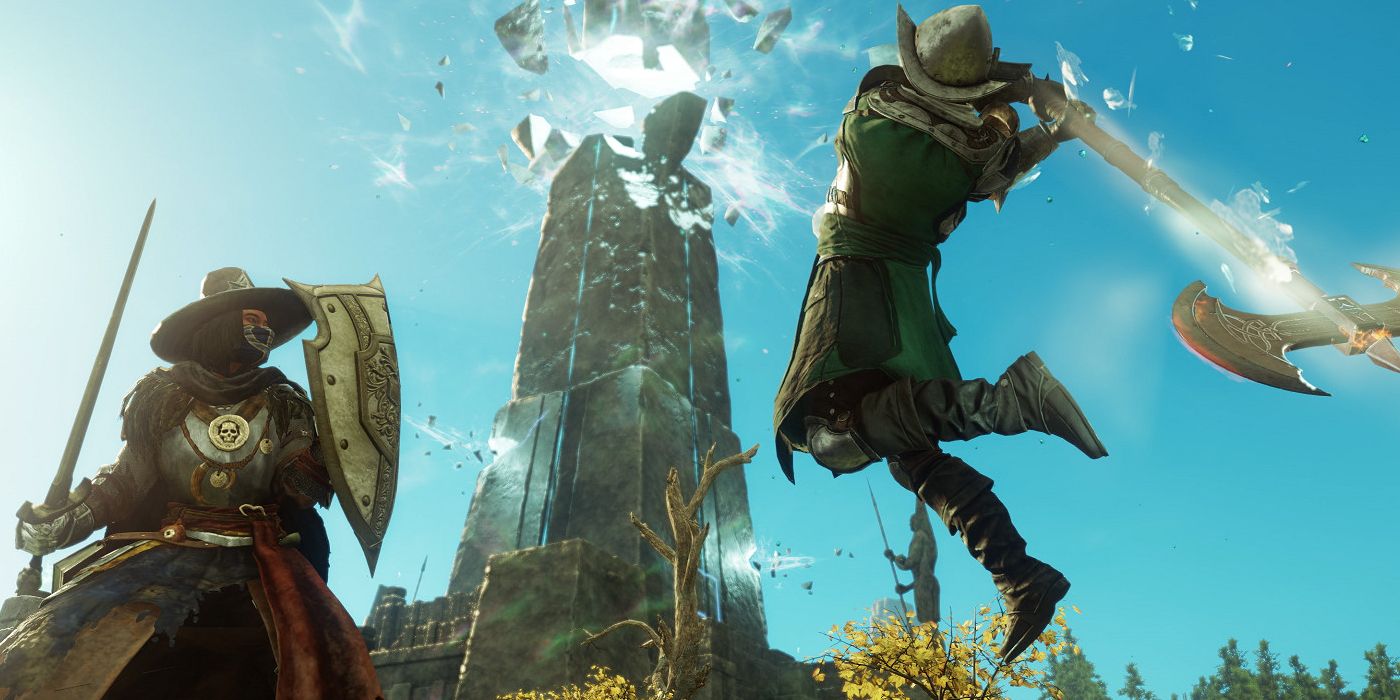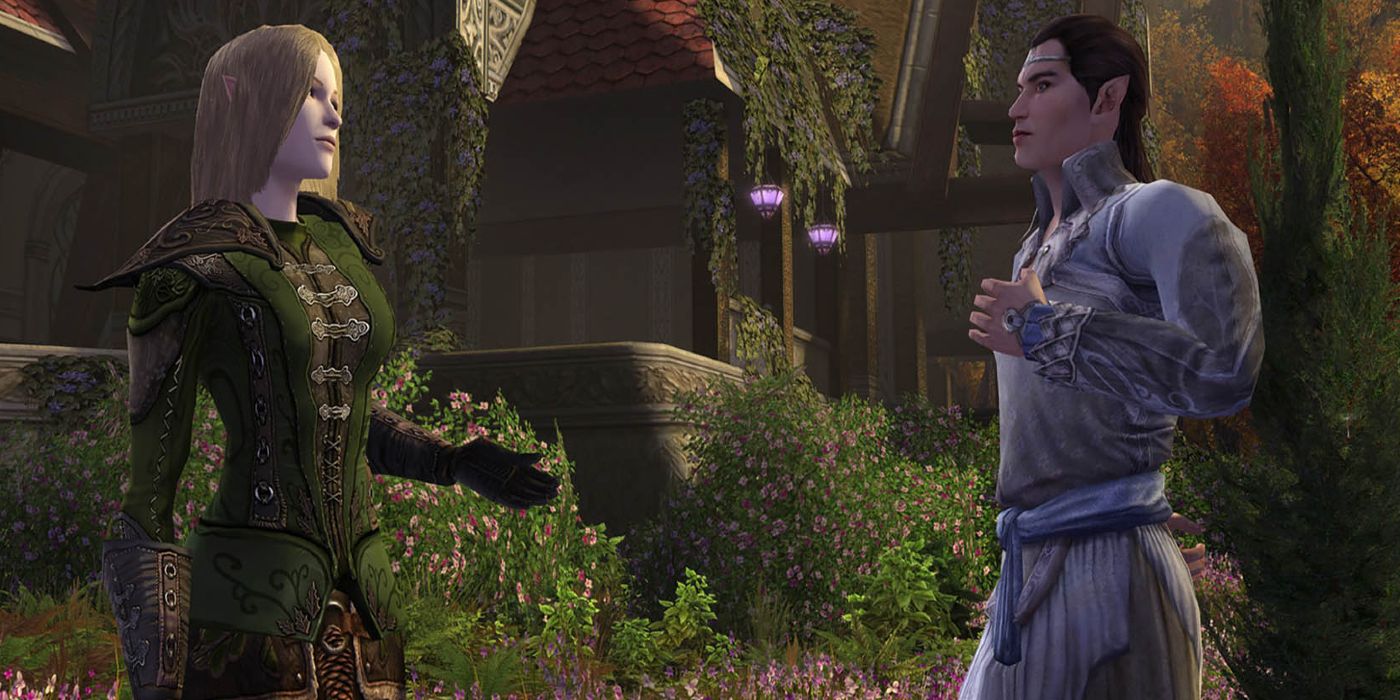The gaming industry lost a major figure when Kim Jung-Ju, founder of Nexon, passed away last month - announced by the company on February 28. While Nexon has been responsible for many huge titles, it's perhaps best known for the 2003 sensation MapleStory. When MapleStory first came to North America in May 2005, its overseas popularity translated well, and it became one of the first Asian MMOs to truly break into the western market.
Nearly two decades after its launch, MapleStory is still going strong, even hosting a BTS collaboration two years ago. MapleStory has a myriad of reasons to explain its enduring popularity with its loyal fans, and most of them also explain its effect on other current-generation MMORPGs. While it is remembered for its quirky 2D art style paired with addicting combat, MapleStory's true legacy lies in the way it changed the revenue models of online games.
MapleStory Helped Popularize In-Game Microtransactions
While there are older examples of microtransactions appearing in games, MapleStory was among the first major titles to popularize the system. Since it was one of the few free-to-play game options available to western audiences at the time, alongside RuneScape, MapleStory was enjoyed by a massive amount of players who may not have otherwise spent money on games. In order to remedy the lack of revenue from player subscriptions or initial purchases, MapleStory introduced microtransactions - a concept that is now ubiquitous across nearly all genres of gaming. It's arguably the main driver behind most AAA gaming companies' revenue, netting Activision Blizzard over $5 billion USD last year alone.
Though it was one of the first games to introduce microtransactions, MapleStory also established the principles of well-designed microtransactions still seen in modern games like Genshin Impact. The original microtransactions were almost exclusively cosmetic options that had little-to-no bearing on the game. However, being among the first games to help popularize microtransactions also comes with the burden of all negative connotations associated with the practice, as seen in titles like New World or shooters like Call of Duty: Warzone.
MapleStory Introduced Loot Boxes and Randomized Rewards
Perhaps the only funding model more controversial than microtransactions is loot boxes. While the origins of microtransactions are more vague, it is more or less agreed that concepts similar to modern-day loot boxes began to appear on Japanese MapleStory servers around 2004. At the time, players could purchase a "Gachapon ticket" for 100 yen - around a dollar - and get a randomized item from in-game vending machines. From there, the feature slowly gained popularity and has become fairly commonplace. In the MMO world, the loot box system was integrated into early titles like Lord of the Rings Online and Star Trek Online, but the system is perhaps best known for its relation to first-person shooter titles like Counter-Strike: Global Offensive or Overwatch.
The history of the loot box system is much like the microtransaction model that MapleStory helped pioneer. While it began as a rather innocuous feature that put players in the driver's seat for how much they'd be willing to spend on an otherwise free video game, it has since evolved and is not often viewed as a predatory system with studies linking loot boxes and problematic gambling. Ultimately though, regardless of the wider gaming community's stance on microtransactions and loot boxes, their impact is undeniable throughout the MMO genre - as well as nearly every other on the market today. Both systems found their roots in the early days of the 21st century within MapleStory, just one key part of its legacy to this day.
MapleStory is available now on PC.






